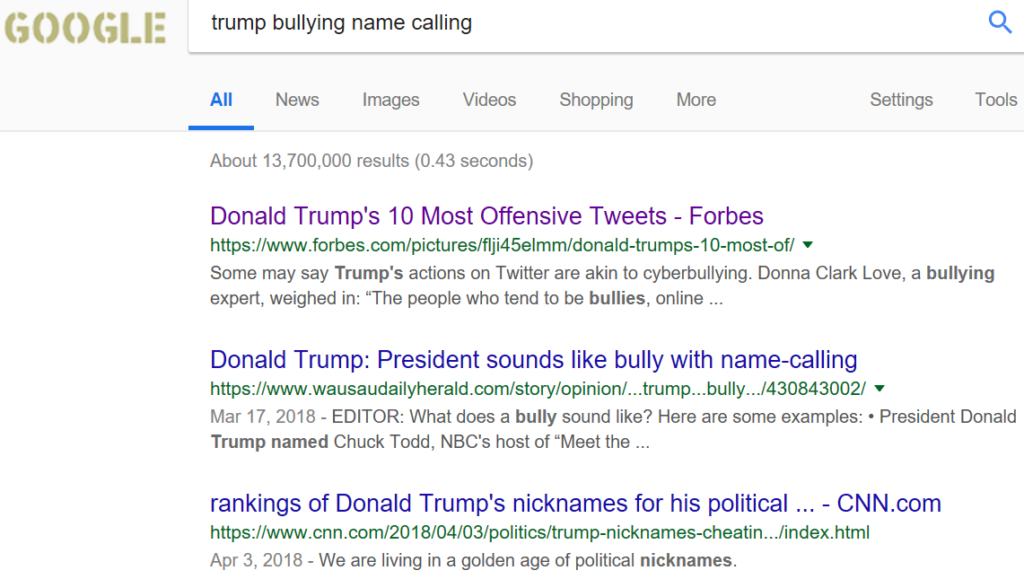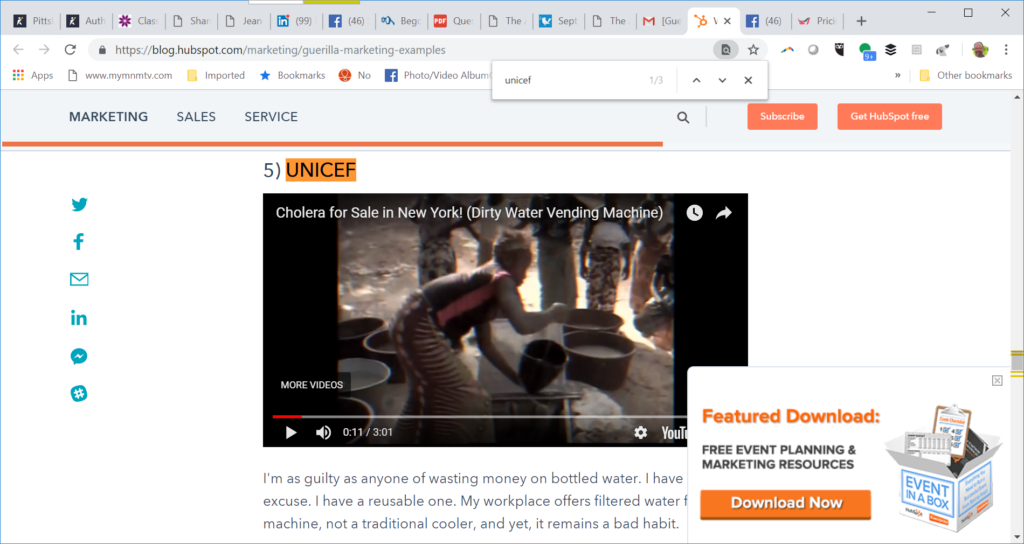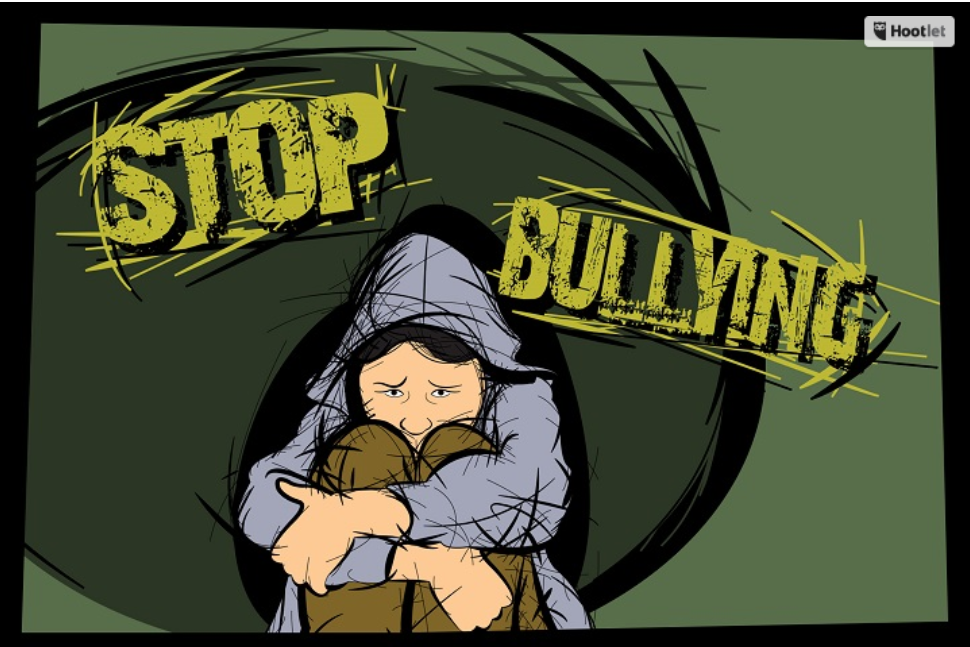We MUST limit power-grabs from “President Fascist”
Let’s start with the last few days:
- DT forces out Attorney General Jeff Sessions for not being enough of a yes-man, and replaces him with someone expected to be a complete toady, who has stated publicly that he thinks the White House should replace Sessions with someone who will muzzle the Mueller investigation
- Later in the week, as it becomes apparent that his yes-man, Matt Whitaker, hadn’t been carefully vetted, DT denies knowing him despite several documented meetings
- DT publicly toys with the idea that a president should be appointed for life
- After belligerently refusing to answer his questions and–pretty ironic, considering the insults he’s been heaping on others throughout the campaign and continuing throughout his term of office–calling him “a rude and terrible person,” DT has CNN White House reporter Jim Acosta’s security clearance revoked–and continues to attack both Acosta and CNN over the next several days
- DT’s behavior as the week progresses includes numerous vicious and seemingly random attacks against a whole bunch of people, including several other reporters–three of them, I don’t think coincidentally, black women
Now, a little history recap:
Two years ago, possibly the most corrupt, venal, and dishonest presidential candidate ever nominated by a major party managed to come up with an apparent majority in the Electoral College.

- Corrupt: Numerous scandals involving diverting business to his hotels in DC and Florida, daughter Ivanka’s role in government and thin line between her business and his politics, refusal to disclose his taxes and thus conflicts of interest, violation of the Constitutions Emoluments Clause from the moment he was sworn in…
- Venal: 13,700,000 Google results for “trump bullying name calling”, with the top result from Forbes, the respected and conservative business magazine
- Dishonest: 6420 lies from his inauguration through the end of October, with that number increasing rapidly and dramatically of late.
Why do I say “:apparent majority”? We knew immediately, in November, 2016, that a lot of funny business went on; Green Party candidate Jill Stein filed for a recount in three key states (we still don’t know why key elements within the Democratic Party supported the Republican efforts to block these recounts, only one of which was carried out). We know now that at least one foreign government was actively interfering in the election. To me, this means the current occupant of 1600 Pennsylvania is not there legitimately.
Immediately on taking office, this man began actively suppressing human rights, starting with the first Muslim entry ban; I’m proud that I was one of hundreds of thousands of protestors who fought that attempt, which we overturned).
The past 21 months have been a barrage of broken promises, broken treaties and international agreements…sabotaging the environment, education, and the safety net…diverting billions in tax breaks to those who are already among the wealthiest people and corporations in history, while slashing funds to human services…inciting violence against his opponents…attacking people of color, women, disabled people, the press, his critics, and others…tearing immigrant children from their families and imprisoning them, and failing to keep good records of what kids they stole from whom…threatening the citizenship of children born in the US…appointing a proven liar and probable multiple sexual predator to the Supreme Court…blaming others every time something goes wrong (which is frequent)…appointing corrupt Cabinet members who snack at the public trough while making no pretense of actually carrying out their departmental mandates–it’s far too long a list to fully document here; it would go on for hundreds of pages. I am more ashamed of this administration than of any previous one. Being an American is embarrassing these days.
It is time for this disgraceful man to leave office–preferably in handcuffs. It is time for his enablers in Congress to step down and apologize to the American people. It is well-past time. We have at least two paths to get him out: impeachment and the 25th Amendment *removal for incompetence).









